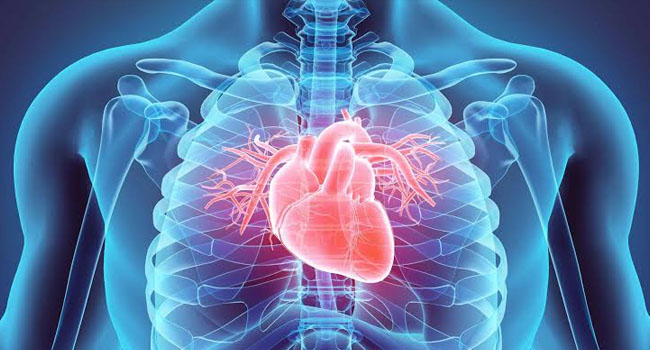AORTIC ANEURYSM: Type, Symptoms, Diagnosis And Treatment
AORTIC ANEURYSM – In this topic, we will now know the type. symptoms, causes, diagnosis and treatment of aortic aneurysm.

According to WebMD, this disease occurs when the walls of the aorta, the largest blood vessel in the body that is connected to the heart, weakens and bulges in, resulting in a leak that spills blood into the body.
Some have the tendency to burst while others force blood flow away from our organs and tissues, eventually causes issues like:
- heart attacks
- kidney damage
- stroke
- death
Types
There are two types of this disease:
Thoracic aortic aneurysm
This type can be hereditary as genes play a vital role in determining whether you have this disease or not.
Causes
- High blood pressure
- Infection
- Plaque buildup in your arteries (atherosclerosis)
- High cholesterol
- Sudden traumatic injury
Symptoms
- Chest or back pain
- Difficulty breathing or swallowing
- Shortness of breath
- Coughing
- Hoarseness
Diagnosis
- X-ray
- echocardiogram
- CT scan
- ultrasound
Abdominal aortic aneurysm
Occurs at the part of your aorta connecting to the abdomen. This results to feeling sick on the stomach or an intense pain in the abdomen.
Causes
- Hardening of the arteries, which doctors also call atherosclerosis
- Smoking
- High blood pressure
- Genetic predisposition
Symptoms
- Back pain
- A deep pain on the side of your abdomen
- A throbbing sensation near your navel
Diagnosis
- Routine checkup
- Ultrasound screening
Treatment
- Further surveillance
- In most cases, surgery
READ ALSO: PARKINSON’S DISEASE: Causes, Signs, Risk Factors & Treatment
